Beyond Perimeters: A New Era of Digital Trust
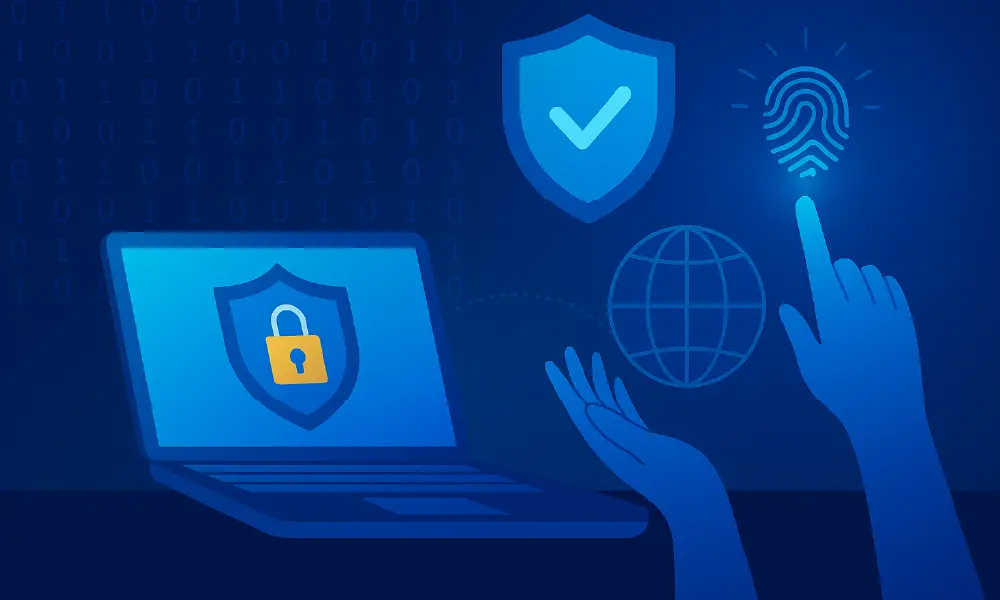
In today’s digitally connected landscape, the concept of a fixed security perimeter is fading. Employees are logging in from remote locations, critical data flows through cloud infrastructure, and applications span global networks. As the traditional edge dissolves, the question becomes: How do we maintain trust without borders?
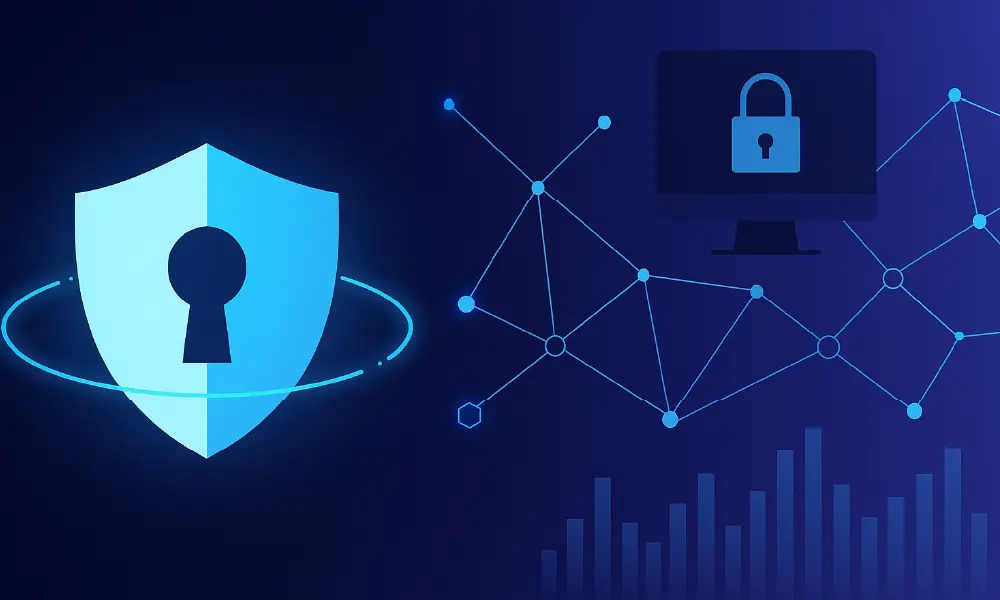
Why the Perimeter Model Is No Longer Enough
Key forces reshaping the perimeter include:
- Remote and hybrid work: Employees often access systems from personal devices outside of centralized IT governance.
- Cloud-first deployments: Infrastructure today is dynamic, elastic, and often managed by third parties.
- SaaS and third-party integrations: Enterprise tools are now delivered across diverse networks, jurisdictions, and providers.
The implication? Security must shift from static borders to dynamic trust frameworks.

What Does Digital Trust Really Mean?
Digital trust is more than just securing systems—it’s about ensuring consistent, reliable, and scalable protection across your entire digital footprint. It encompasses:
- Verified identities and access
- Reliable encryption practices
- Seamless user experience with minimal friction
At Reg.Asia, we define digital trust as a strategic framework—one that empowers innovation without compromising on resilience or compliance.
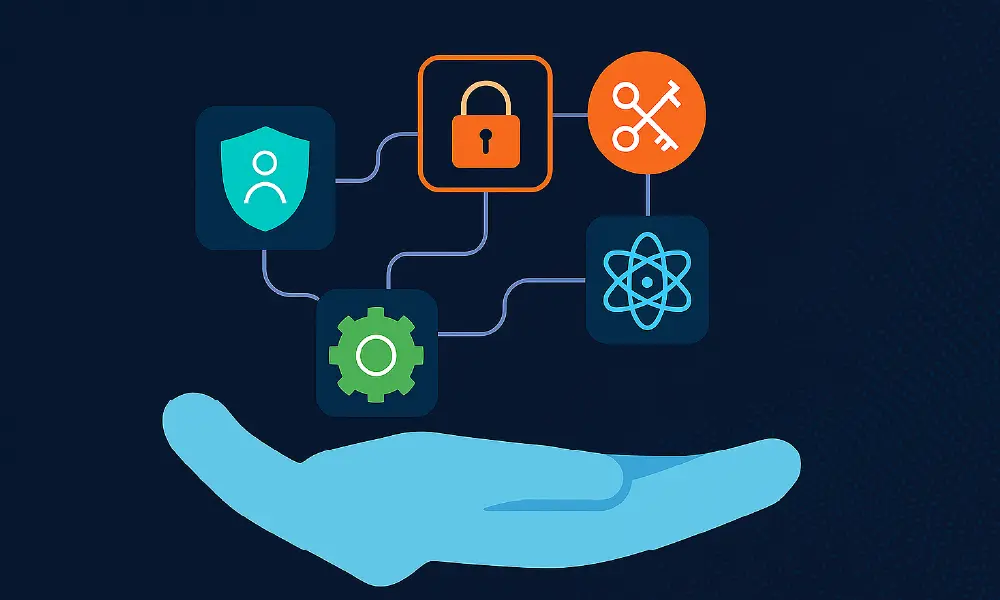
Four Foundations of Trust Without Borders
1. Rethinking Identity and Access
A perimeterless world demands zero-trust principles: never trust by default, always verify. This means:
- Adopting certificate-based identity for users, devices, and services
- Enabling multi-factor access controls across all endpoints
- Implementing continuous authentication in hybrid environments
2. Embracing PKI as a Core Layer
- Encrypted communications
- Device-to-device and user authentication
- Integrity of digital interactions
Reg.Asia works closely with enterprises to integrate PKI at scale—adapting to today’s multi-cloud reality.
3. Automating Certificate Lifecycle Management
- Discovery and renewal
- Policy enforcement
- Incident response and revocation
Organizations reduce risk, improve uptime, and free up resources to focus on strategic priorities.
4. Preparing for Quantum-Resilient Infrastructure
- Early adoption of post-quantum cryptography (PQC)
- Smooth migration with dual-algorithm certificates
- Long-term security posture without service interruption
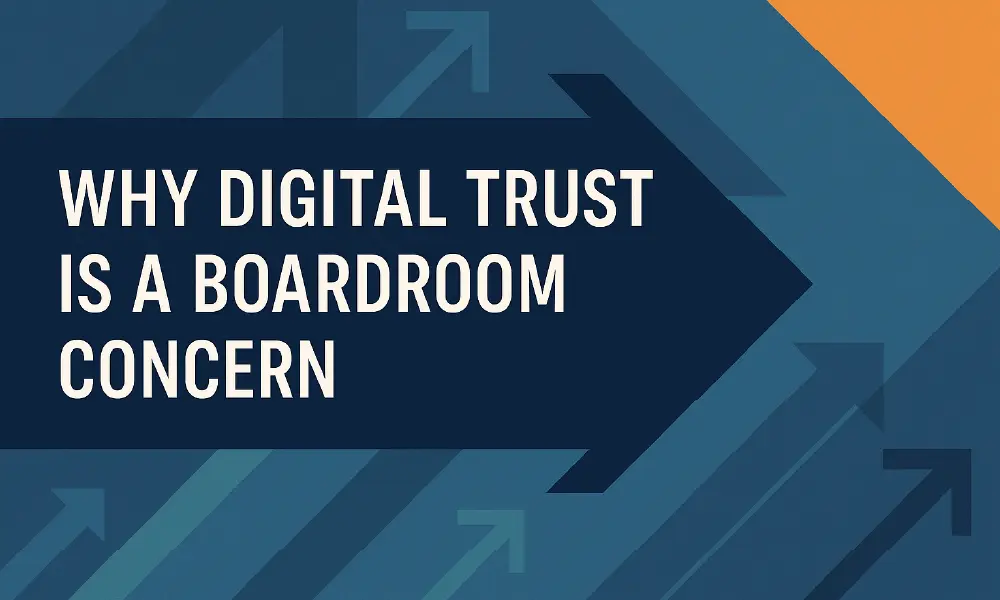
Why Digital Trust Is a Boardroom Concern
- Greater agility in adopting cloud and AI technologies
- Improved customer loyalty and reduced churn
- Stronger compliance with global regulatory standards
In contrast, security gaps and outdated infrastructure lead to reputational damage and operational setbacks.

Your Roadmap to Modern Trust
- Audit your current posture: Where are the weakest links in identity, access, and encryption?
- Map trust dependencies: Identify critical integrations across cloud, apps, and devices
- Adopt future-ready tools: Look for scalable solutions that support PKI automation and quantum resilience
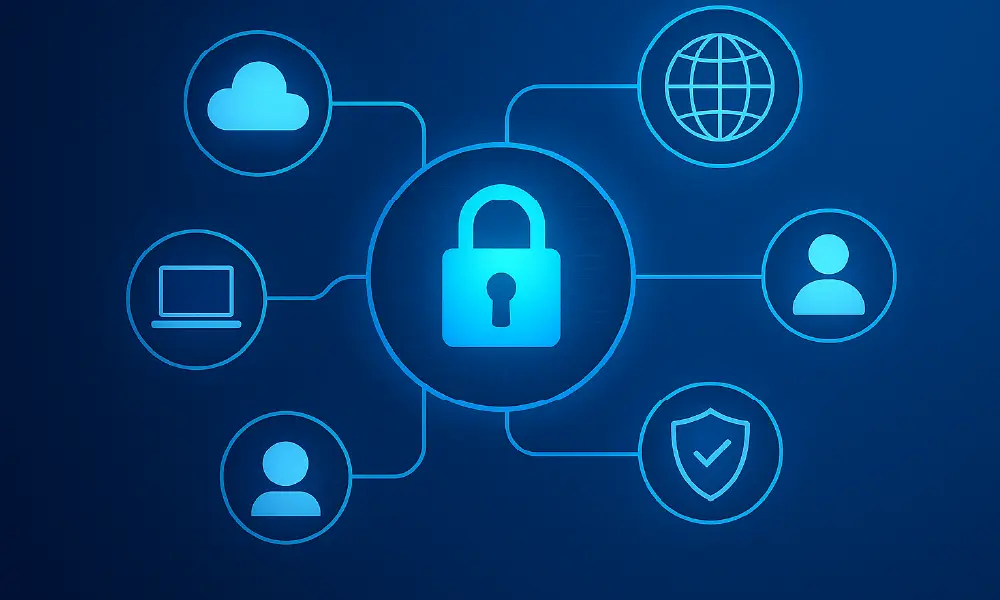
Secure What’s Next with Reg.Asia
At Reg.Asia, we help enterprises future-proof their digital trust strategy—whether through, certificate automation, or preparing for PQC. We offer a free Proof of Concept (POC) and assessment test to evaluate your security needs and ensure a smooth transition. Our solutions are designed for flexibility, security, and growth in a perimeterless world.
Let’s build a secure, trust-powered future—together.
Contact us to start your transformation.
